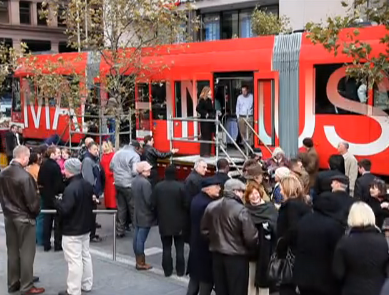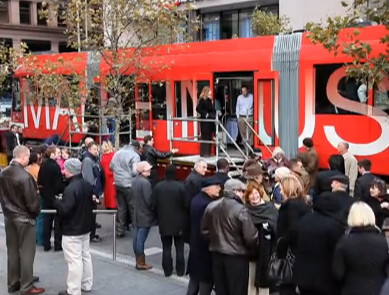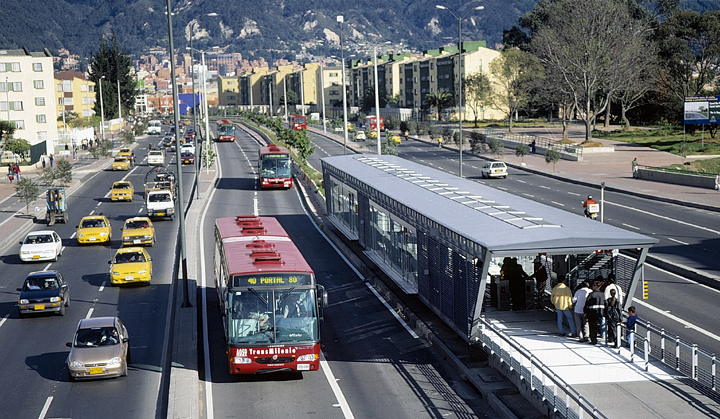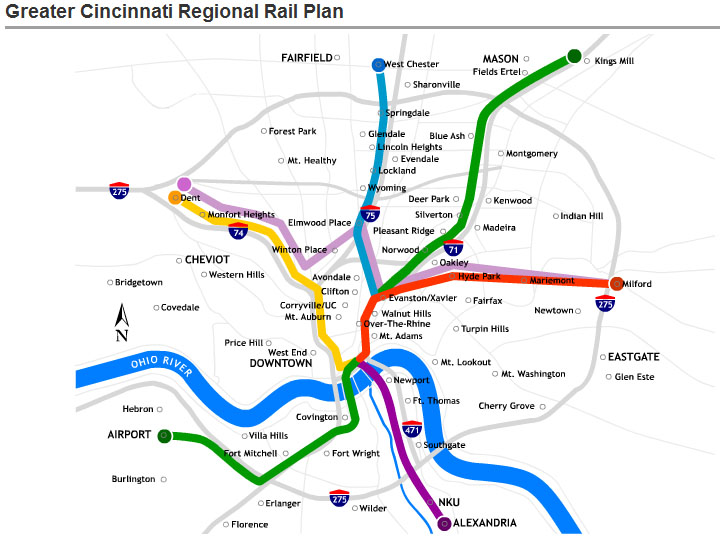More than 250 people from all over Cincinnati poured into Grammer’s last Wednesday, February 16. They gathered to, once again, rally for the future of Cincinnati. Some were there for the future of rail transit in the region, others for smart governance, others for economic growth, but most were there to specifically show their support for the city’s modern streetcar system that will break ground in the coming months.
The fundraising and kickoff event was organized by Cincinnatians for Progress – the group that won with voters in 2009 when the same opposition groups threatened to change Cincinnati city governance into a California-style government by referendum. Now, the same group is mobilized to defeat a similar yet more pointed attack on rail transit.
In 2009 the non-profit group organized thousands of Cincinnatians to campaign with them. It appears the same group is ready and willing to fight against a new measure that would prohibit the city from spending any money on light rail or streetcars for the next decade.
“It’s great for us,” says CincyStreetcar.com founder Brad Thomas. “We have a broad-based coalition of support that is still fired up from Issue 9 and is ready to go to battle for the future of light rail and streetcars in Cincinnati.”
The broad-based coalition of support Thomas speaks of includes the likes of prominent business groups, community councils, prominent politicians and community leaders, labor unions, environmental groups, minority groups, regional planning authorities, and transportation groups.
At the first kick-off meeting for what will be a fight leading towards another November ballot item, Cincinnatians for Progress raised more than $11,000.
“This is evidence that while there may be a small group of individuals that want to limit Cincinnati’s growth, there are more people who are passionate about the future of our city,” exclaimed CFP co-chair Rob Richardson. “This will be another long and hard fought campaign, but Wednesday demonstrated that we are up for the fight.”
To get involved in the second rail transit fight in two years sign up with Cincinnatians for Progress, donate to the effort, get registered to vote, and tell your friends and family how important light rail and streetcars are to the future of Cincinnati.





